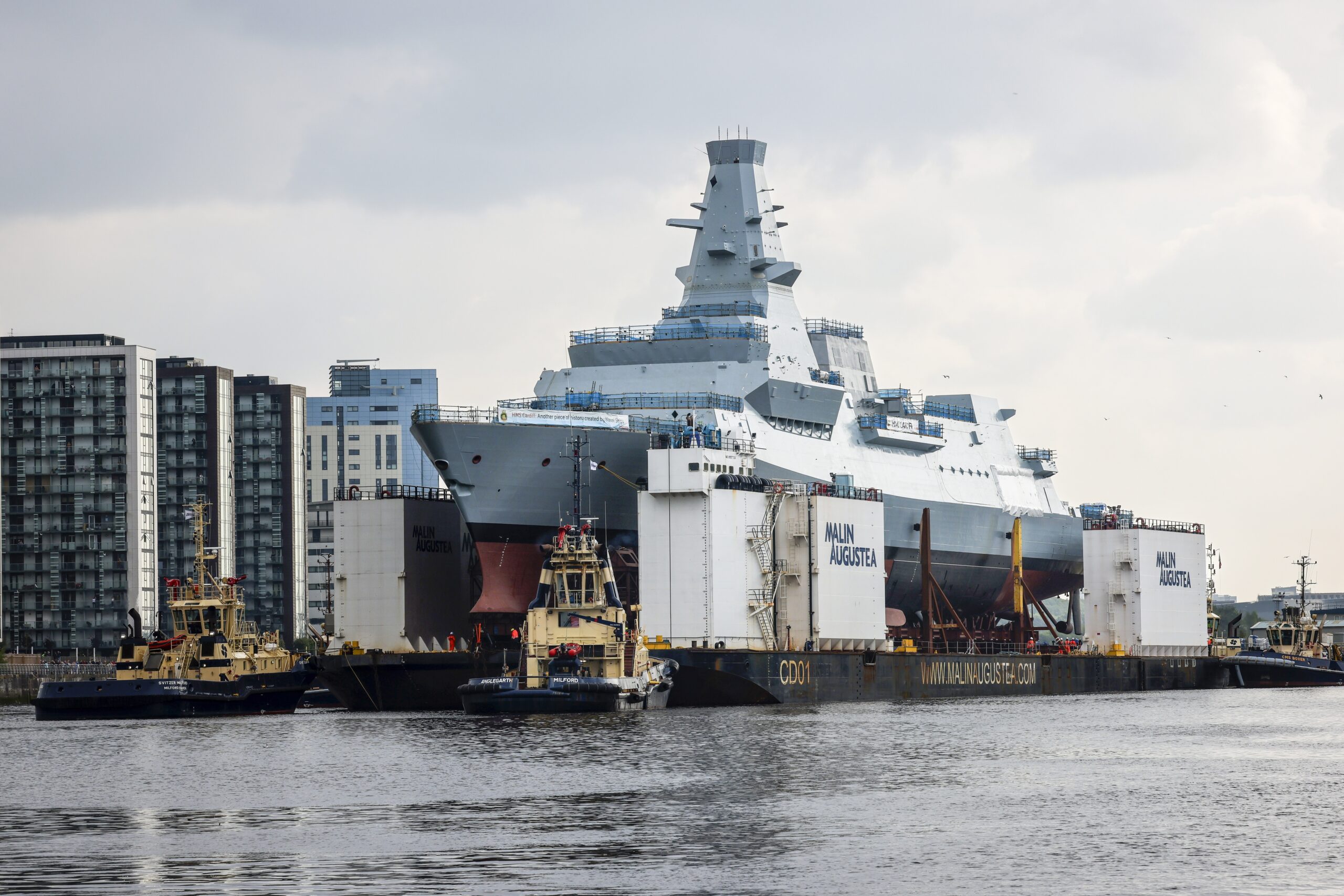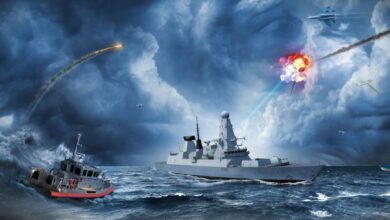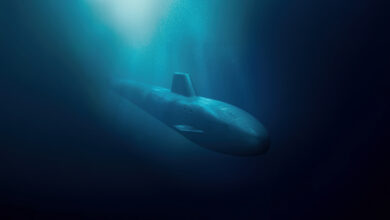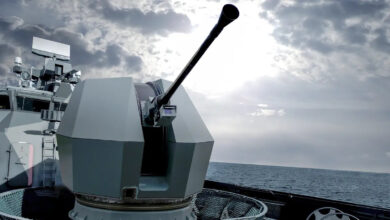BAE Systems has launched the UK Royal Navy’s second Type 26 City-class anti-submarine frigate in Glasgow, Scotland.
Held in Govan, the ceremony saw the HMS Cardiff (F 89) enter water for the first time as part of its construction process awarded to the company in July 2017.
It involved the transport of the vessel from BAE’s shipyard to a deep-water area where it was submerged and to the company’s Scotstoun center for additional integrations and testing before commissioning.
“HMS Cardiff entering the water for the first time is a significant milestone for everyone involved in her delivery across our programme,” BAE Systems Type 26 Program Director David Shepherd stated.
“It is an incredibly complex operation, involving months of planning and hundreds of skilled and dedicated people. I’m proud of them all.”
“We now look forward to the next phase of her build, outfitting and installing the complex systems that will bring her to life.”
UK Type 26 Program
London’s Type 26 program is an effort to employ modern surface combatants against evolving underwater and aerial threats.
The fleet’s lead ship, the HMS Glasgow (F 88), completed its float-out in November 2022, just weeks after the UK announced a $4.9-billion investment in five additional City vessels.
Outfitting of the Glasgow is now underway in Scotstoun, while the construction of the third and fourth hulls (the Belfast and Birmingham) is ongoing in Govan.
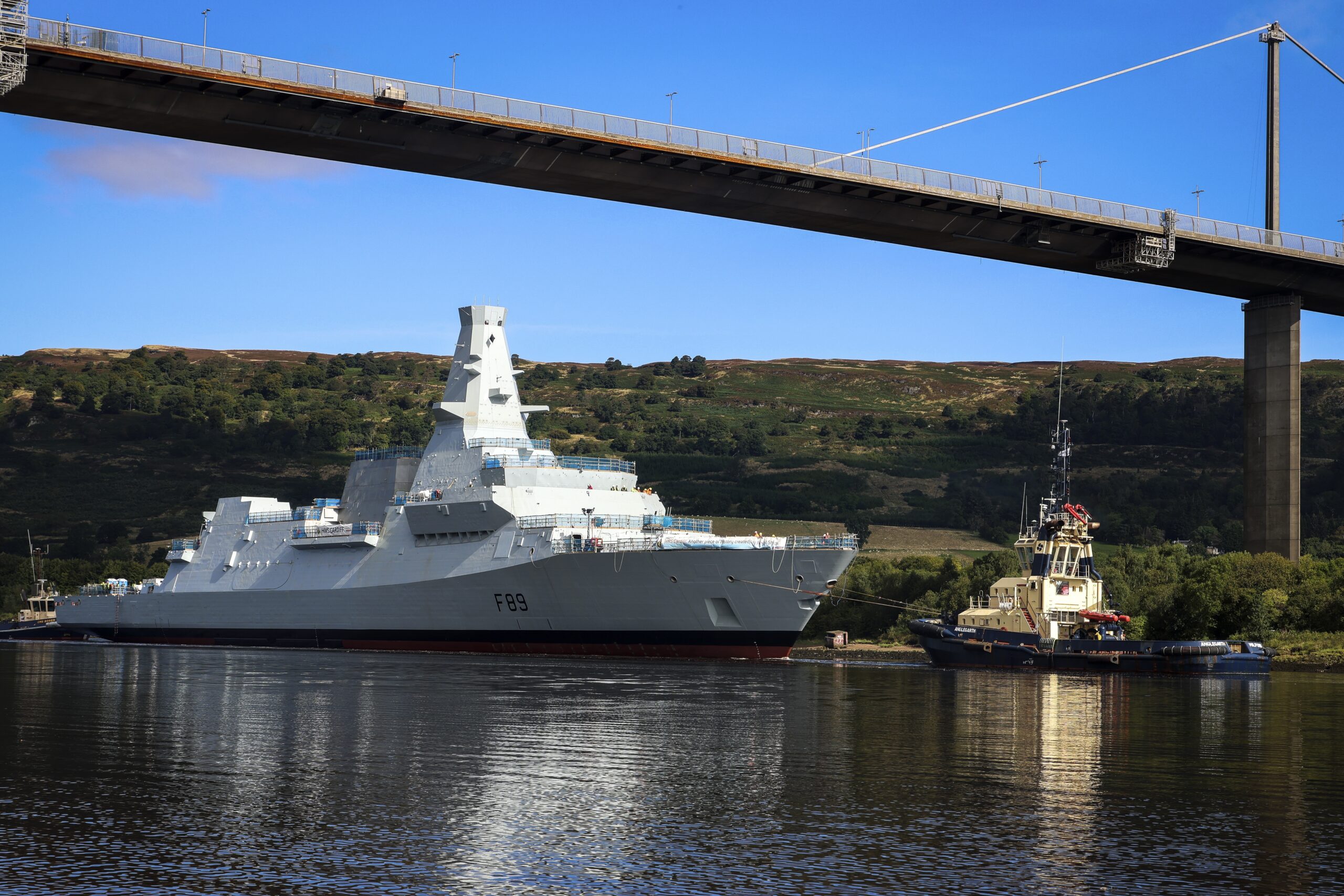
Once operational, the eight planned City-class systems will replace the Royal Navy’s 13 Type 23 Duke frigates in service since the 1980s.
The Glasgow is scheduled to join the British fleet in 2028.
The City-Class Frigate
The UK’s City vessel measures 149.9 meters (491.7 feet) long and can accommodate more than 150 personnel.
It will be equipped with torpedoes, anti-ship, anti-air, and cruise missiles, counter-watercraft automated weapons, naval guns, and heavy machine guns.
The warship has a flight deck and hangar to carry helicopters such as the Merlin, Wildcat, or Chinook systems, as well as facilities for unmanned aerial systems.
The vessel will be powered by combined diesel-electric and gas engines for a range of 7,000 nautical miles (12,964 kilometers/8055 miles) and speeds over 26 knots (48 kilometers/30 miles per hour).

